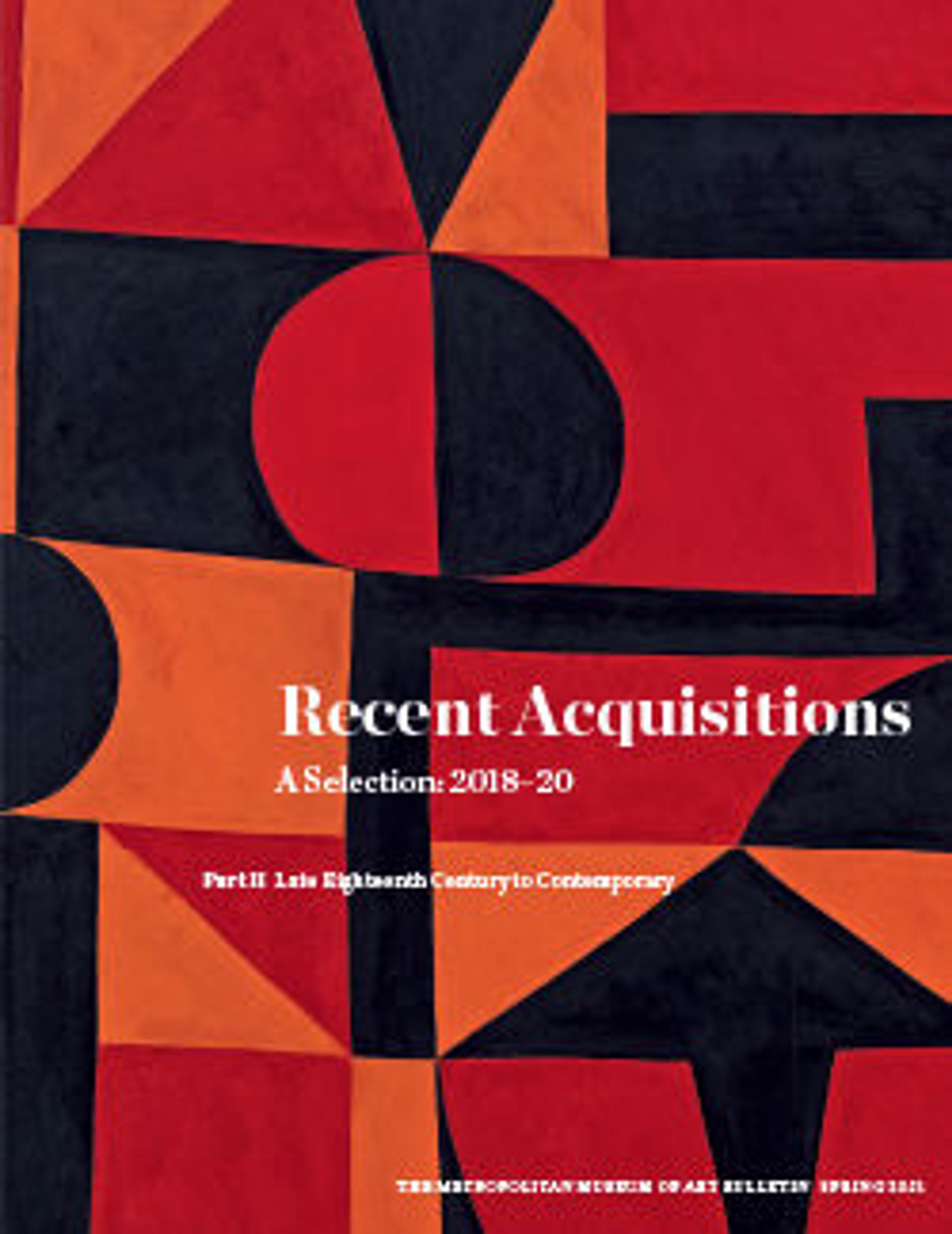Ūd
The ūd is a short-necked lute with a pear-shaped body, characterized by its bowl back, made of thin strips of wood. It is a descendant of the barbat, a similarly shaped instrument with origins in Central Asia. The ūd is found through much of the Middle East and North Africa. Taken to Spain by the Moors, it was the predecessor of the lute. It also traveled east, where it was transformed into the Chinese pipa and Japanese biwa.
Artwork Details
- Title: Ūd
- Maker: Abdo George Nahat (Syrian, 1860–1941)
- Date: 1925
- Culture: Syrian
- Medium: Wood, camel bone
- Dimensions: 30 × 14 × 8 in. (76.2 × 35.6 × 20.3 cm)
- Classification: Chordophone-Lute-plucked-unfretted
- Credit Line: Josephine Lois Berger-Nadler Endowment Fund, 2018
- Object Number: 2018.152
- Curatorial Department: Musical Instruments
More Artwork
Research Resources
The Met provides unparalleled resources for research and welcomes an international community of students and scholars. The Met's Open Access API is where creators and researchers can connect to the The Met collection. Open Access data and public domain images are available for unrestricted commercial and noncommercial use without permission or fee.
To request images under copyright and other restrictions, please use this Image Request form.
Feedback
We continue to research and examine historical and cultural context for objects in The Met collection. If you have comments or questions about this object record, please contact us using the form below. The Museum looks forward to receiving your comments.
